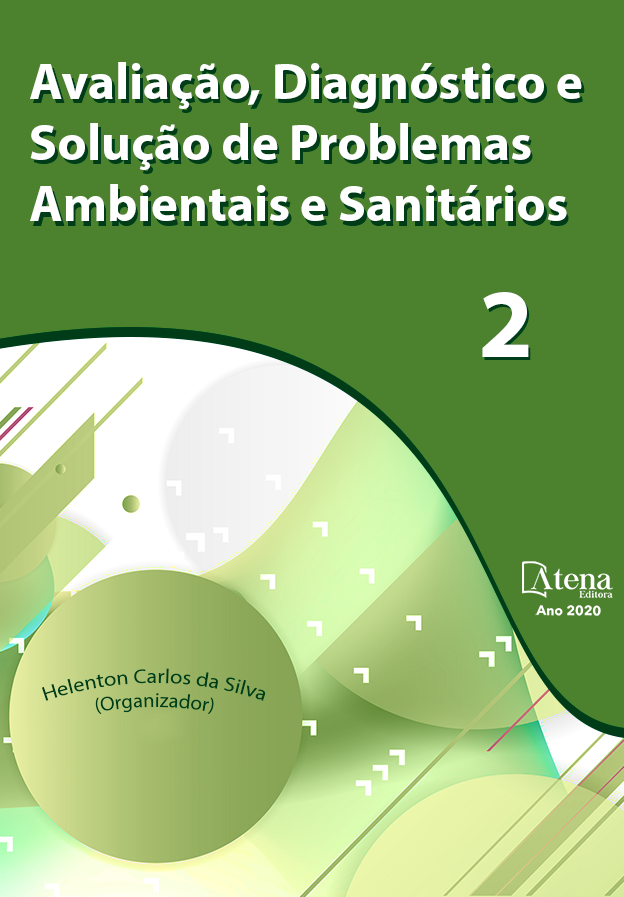
TRATAMENTO DE ÁGUAS RESIDUÁRIAS DE INDÚSTRIA FRIGORÍFICA ATRAVÉS DE REATORES BIOLÓGICOS DE LEITO MÓVEL COM BIOFILME
O objetivo deste estudo foi o de avaliar a eficiência do tratamento de efluente frigorífico por meio de sistema biológico composto por reatores MBBR para a remoção de matéria orgânica e nitrogênio. O efluente utilizado foi coletado em um frigorífico localizado no estado de Rondônia. O experimento foi conduzido em escala de bancada e foram utilizados dois reatores, um anóxico e um aeróbio, onde foram mantidas a vazão e a taxa de reciclo constantes, em um sistema com taxa de reciclo em 500%, e TRH de 1,7 dias. No estudo foi necessária a utilização de diferentes concentrações de metanol e carbonato de sódio, como fonte externa de carbono e para a correção da alcalinidade, nos processos de nitrificação e desnitrificação, respectivamente. O tratamento biológico por MBBR se mostrou ser uma alternativa muito eficiente para o tratamento de efluente, obtendo 99% de remoção de nitrogênio amoniacal e DQO e 89% de nitrogênio inorgânico total.
TRATAMENTO DE ÁGUAS RESIDUÁRIAS DE INDÚSTRIA FRIGORÍFICA ATRAVÉS DE REATORES BIOLÓGICOS DE LEITO MÓVEL COM BIOFILME
-
DOI: 10.22533/at.ed.28620250813
-
Palavras-chave: frigorífico; nitrificação; desnitrificação; fonte externa de carbono.
-
Keywords: slaughterhouse; nitrification; denitrification; external carbon source.
-
Abstract:
The objective of this study was to evaluate the efficiency of the slaughterhouse wastewater treatment by a biological system composed of MBBR reactors for the removal of organic matter and nitrogen. The effluent was collected in a slaughterhouse located in the state of Rondônia. The experiment was conducted on a bench scale and two reactors were used, one anoxic and one aerobic, where the flow rate and the recycling rate were kept constant, with an input rate of 1 liter/day, in a system with a recycling rate of 500%, which generates a HRT of 1.7 days. In the study it was necessary to use different concentrations of the components methanol and sodium carbonate as external carbon source and for the correction of alkalinity in the processes of nitrification and denitrification, respectively. The biological treatment by MBBR proved to be a very efficient alternative for the effluent treatment, obtaining 99% of ammoniacal nitrogen and COD removal and 89% of total inorganic nitrogen.
-
Número de páginas: 14
- Henrique Silva de Oliveira
- Pedro Bizerra Moura
- Edimar Noiman Gonçalves Filho
- Nicoly Dal Santo Svierzoski
- Jheiny Oliveira da Silva
- Alberto Dresch Webler
- LORRAN MARRÉ PARLOTTE


